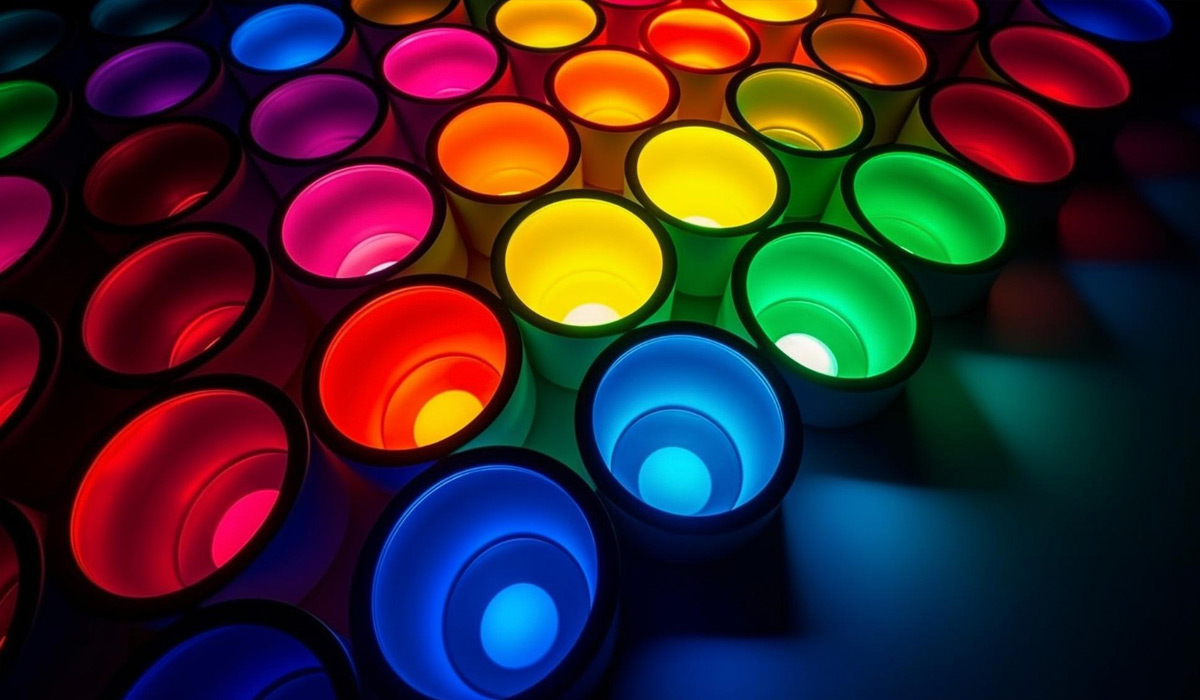
Exploring the Diverse Uses of Fluorescent Dyes
Introduction
In a world where visualization and detection play pivotal roles in various fields, fluorescent dyes emerge as unsung heroes. These remarkable compounds possess the unique ability to absorb light at one wavelength and emit it at another, resulting in vibrant fluorescence. From scientific research to practical applications, the versatility of fluorescent dyes has revolutionized numerous industries. Let’s delve into the fascinating array of uses these dyes offer.
The largest application of fluorescent dyes is in the manufacturing of daylight fluorescent pigments
Fluorescent pigments are solid dye solutions in polar resin carriers. The resultant fluorescent pigments have a wide variety of applications. Fluorescent dyes in their undissolved state do not fluoresce.
In the textile field, the main use of fluorescent dyes is in the colouration of synthetic fibers, especially polyester (6), polyamide and acrylics in conjunction with elastane fibers, for fashion, leisure, sportswear uses and especially for safety.
Medical Diagnostics
In the realm of medical diagnostics, fluorescent dyes play a crucial role in various imaging techniques. Fluorescence-based imaging modalities such as fluorescence microscopy, flow cytometry, and fluorescence in situ hybridization (FISH) aid in diagnosing diseases, assessing treatment responses, and studying pathological mechanisms. These techniques offer enhanced sensitivity and specificity, facilitating early disease detection and personalized medicine approaches.
Environmental Monitoring
Fluorescent dyes find application in environmental monitoring and analysis. From tracking pollutants in water bodies to detecting contaminants in soil and air, fluorescent probes offer rapid and sensitive detection methods. Their ability to selectively bind to specific analytes enables precise monitoring of environmental parameters, contributing to efforts aimed at preserving ecosystems and safeguarding public health.
Material Sciences
In material sciences, fluorescent dyes serve as indispensable tools for studying material properties and behaviour. By incorporating fluorescent markers into polymers, nanoparticles, or surfaces, researchers can investigate characteristics such as morphology, porosity, and surface interactions. These insights aid in the development of advanced materials for diverse applications ranging from optoelectronics and sensors to drug delivery systems.
Security and Authentication
Fluorescent dyes play a vital role in security and authentication applications. They are used as invisible inks, security features in banknotes, and anti-counterfeiting measures for products ranging from pharmaceuticals to luxury goods. Their unique optical properties enable easy identification and verification, helping combat illicit activities and ensure product authenticity.
Food and Beverage Industry:
In the food and beverage industry, fluorescent dyes are employed for quality control, safety assessment, and traceability. By tagging specific molecules or compounds with fluorescent markers, producers can monitor food processing, detect contaminants, and trace ingredients throughout the supply chain. These measures uphold food safety standards and enhance consumer confidence in products.
Conclusion
Fluorescent dyes represent a remarkable fusion of science and innovation, offering a myriad of applications across various domains. From illuminating the inner workings of cells to safeguarding the integrity of products, their versatility continues to drive advancements in research, technology, and industry. As we delve deeper into the potential of fluorescent dyes, we uncover new possibilities for understanding and transforming the world around us.
